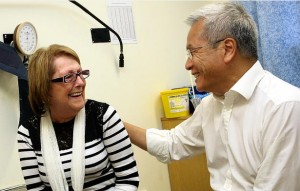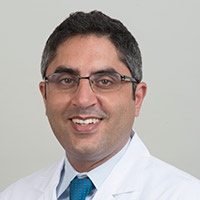Author Interviews, Breast Cancer, JNCI / 21.09.2015
Breast Cancer Pattern Likely To Change as Population Ages
 MedicalResearch.com Interview with:
Philip S. Rosenberg, PhD
Biostatistics Branch, Senior Investigator
Division of Cancer Epidemiology and Genetics
National Cancer Institute, 9609 Medical Center Drive
Bethesda, MD 20892
Medical Research: What is the background for this study? What are the main findings?
Dr. Rosenberg: It has been previously reported that breast cancer burden (number of new cases diagnosed in a year) is expected to rise in the future, mostly due to the aging of the female population in the US.
Also, it has been established that the age-adjusted breast cancer incidence rates (cases per 100,000 women per year) are increasing for invasive ER-positive cancers overall and decreasing for ER-negative cancers overall. When taken together, these two trends tend balance each other out, resulting in a somewhat flat breast cancer incidence rate overall.
Though the overall trends for invasive breast cancer have been previously reported, this study uses a more refined forecasting method by including recent birth cohort patterns to forecast breast cancer to 2030 by age group, estrogen receptor-status, and invasive vs. in situ tumors.
New in this report are the findings for in situ tumors and the more granular break down by age, ER status, and invasive vs. in situ tumors both for rate and burden (number of cases).
(more…)
MedicalResearch.com Interview with:
Philip S. Rosenberg, PhD
Biostatistics Branch, Senior Investigator
Division of Cancer Epidemiology and Genetics
National Cancer Institute, 9609 Medical Center Drive
Bethesda, MD 20892
Medical Research: What is the background for this study? What are the main findings?
Dr. Rosenberg: It has been previously reported that breast cancer burden (number of new cases diagnosed in a year) is expected to rise in the future, mostly due to the aging of the female population in the US.
Also, it has been established that the age-adjusted breast cancer incidence rates (cases per 100,000 women per year) are increasing for invasive ER-positive cancers overall and decreasing for ER-negative cancers overall. When taken together, these two trends tend balance each other out, resulting in a somewhat flat breast cancer incidence rate overall.
Though the overall trends for invasive breast cancer have been previously reported, this study uses a more refined forecasting method by including recent birth cohort patterns to forecast breast cancer to 2030 by age group, estrogen receptor-status, and invasive vs. in situ tumors.
New in this report are the findings for in situ tumors and the more granular break down by age, ER status, and invasive vs. in situ tumors both for rate and burden (number of cases).
(more…)






















